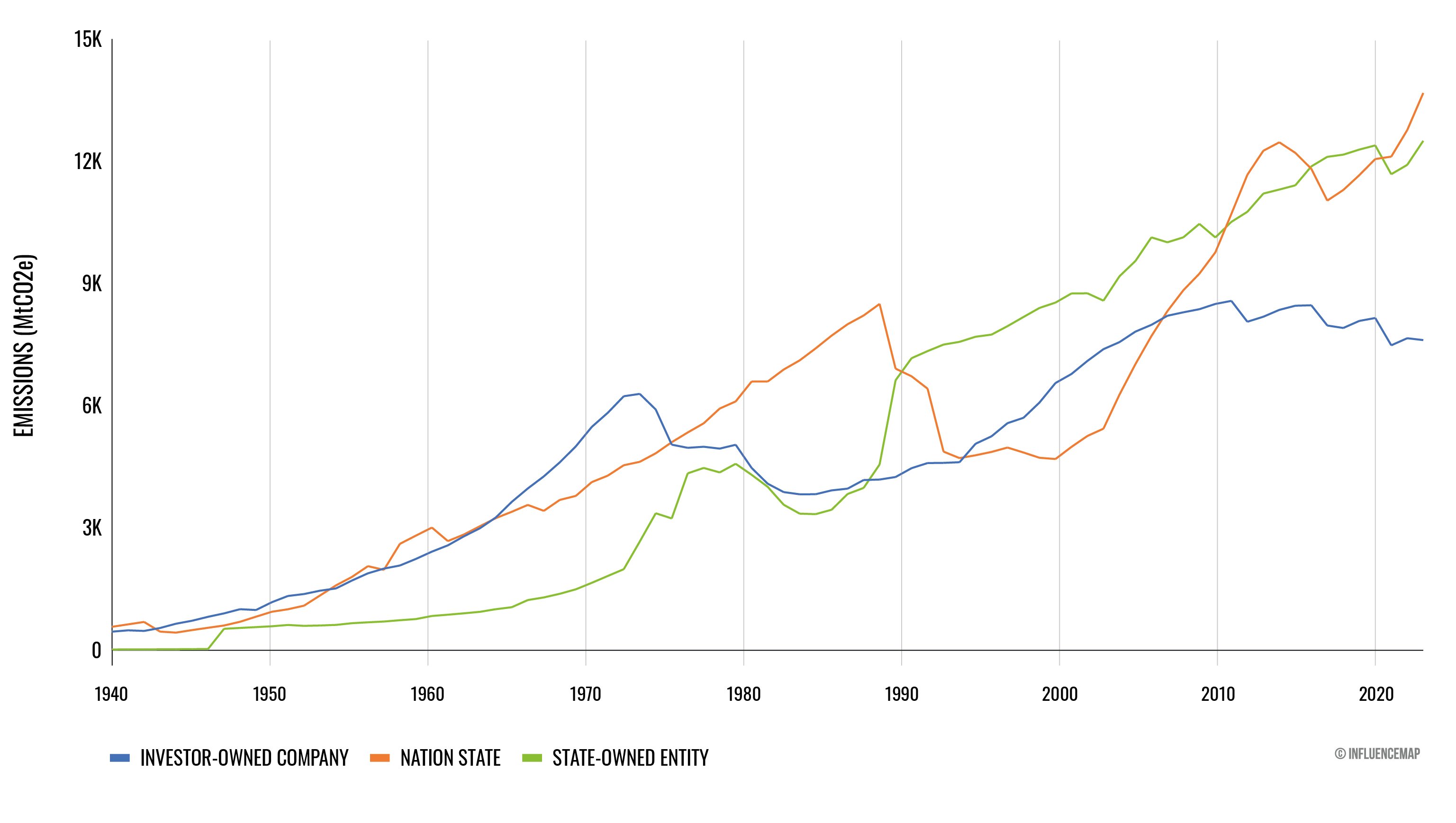this post was submitted on 24 Nov 2024
1477 points (97.8% liked)
memes
12913 readers
3024 users here now
Community rules
1. Be civil
No trolling, bigotry or other insulting / annoying behaviour
2. No politics
This is non-politics community. For political memes please go to [email protected]
3. No recent reposts
Check for reposts when posting a meme, you can only repost after 1 month
4. No bots
No bots without the express approval of the mods or the admins
5. No Spam/Ads
No advertisements or spam. This is an instance rule and the only way to live.
A collection of some classic Lemmy memes for your enjoyment
Sister communities
- [email protected] : Star Trek memes, chat and shitposts
- [email protected] : Lemmy Shitposts, anything and everything goes.
- [email protected] : Linux themed memes
- [email protected] : for those who love comic stories.
founded 2 years ago
MODERATORS
you are viewing a single comment's thread
view the rest of the comments
view the rest of the comments

This meme is not true and missleading. I know it fits the narrative of "companies bad". But it's not based on fact.
It's based on an article by the guardian.
Just 100 companies responsible for 71% of global emissions, study says
The article is based on the Carbon Major Report.
It describes itself like this:
As you can see, they speak about "entities", not companies. Who are said entities?
As one might realize, only 75 are Companies. Most of them are either States, or producers of Oil, Gas, Coal and Cement.
The 71 % is not at all about global emissions. This is wrong.
So it's 100 entities that are responsible for 72 % of the world's fossil and cement Co2 emission.
https://mander.xyz/pictrs/image/05dfb9e1-ace2-4072-9fc5-7ed6f6eddfb2.png
Looking at them you can see how the top emitter are very much not companies. Also, it's historical Co2, a fact made prominent by the former Soviet union beeing the top emitter.
Let's look at some more findings:
Here the report mixes state and private companies. The rise is most prominent in countries with state owned companies. Privote companies, as seen in Europe and North America, haven't increased that much.
So, all in all: The idea that 100 companies are responsible for the destruction of earth is plain wrong.
I know the ideas that companies are responsible and to blaim for the current state of affairs fits our world view (it fits mine!!), but please don't run into the trap of believing everything you read just because it does.
Looking at the numbers you should maybe include Chinas Coal Industry in there, since it is responsible for about 25 % of global emissions alone, according to the up to date report.
And the people at Gazprom also deserve a prominent spot in that line.
Wow, talk about a failure of journalism from a decent source
I mean it's the guardian. It hardly qualifies as 'journalism'
Yes and no. The Carbon Majors Report provides two ways of looking at global emissions: Cumulative and Annual. The table you showed reflects the Cumulative Emissions Since Industrial Revolution (1751-2022)
While not reported in the Guardian article, the same 2017 report stated 72% (p5) of global industrial GHGs in 2015 came from 224 companies, with the sample breakdown in the 2017 report, Appendix II (p15). As you can see, pretty much all of those producers are private/state-owned companies and much closer to the current picture of annual emissions. I'm not sure what counts as "industrial", but crunching the raw numbers of 30565/46073 Mt (Global Emissions, statcan) it works out to about 66% of global emissions in 2015.
Why are you using data from the 2017 report?
You are referring to page 15, which shows emissions in 2015. In the up to date 2024 report this has been replaced with emissions after the Paris climate agreement, so 2016 till 2022.
As you can see, the same picture emerges as I stated in my first post: the top actors are Nations or state owned producers. The contribution to global Co2 emissions is listet, but still only refers to fossil fuel and cement Co 2 emissions.
Great question! The reason why I was using the 2017 report is that the Guardian arrival you originally referred to was from 2017, so I looked at the report they were working off of. While the article is still misleading (shame Guardian) the notion that a small proportion of companies, both state and private owned (100-200), are responsible for the majority (>50%) of global emissions.
Looking at the updated graph of annual emissions, it seems like this is still true, though I haven't counted the companies. Again I agree the 72% figure is misleading, but I am pushing back on the alternative implication that relatively few companies are not actually making up the majority of annual emissions.
That is sensible, yes.
I regards to the graph you posted, it shows how emissions from private comps is have fallen and emissions from nations and nation owned companies have rissen. I think this is a relevant distinction to make, because the meme and the report as they are show a one sided picture (capitalism is the sole drive of climate change) whilst, looking at the complete data, a more nuanced picture emerges (like the role of nations in upholding the capitals system).